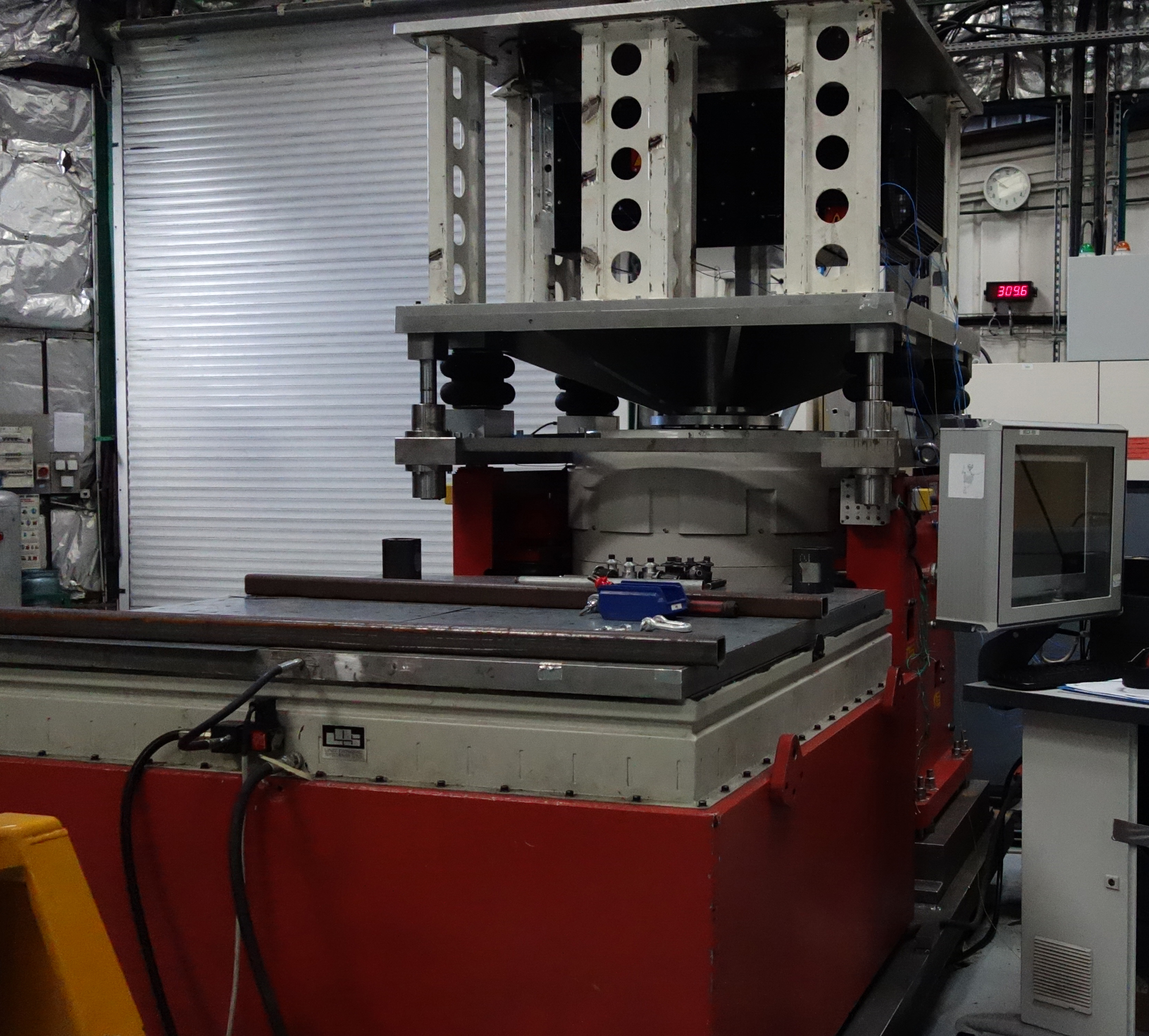
Test Tuluz Pjerona Blanki
 A blank pregnancy test result is when the pregnancy test result window is blank, and you see no lines. It may happen that later you see a line or only get a test line then it is also a blank pregnancy test. Reference information, including syntax and examples, for the Blank, Coalesce, IsBlank, and IsEmpty functions in PowerApps. Table to test for records. Examples Blank.
A blank pregnancy test result is when the pregnancy test result window is blank, and you see no lines. It may happen that later you see a line or only get a test line then it is also a blank pregnancy test. Reference information, including syntax and examples, for the Blank, Coalesce, IsBlank, and IsEmpty functions in PowerApps. Table to test for records. Examples Blank.
Blank, Coalesce, IsBlank, and IsEmpty functions in PowerApps • • 6 minutes to read • Contributors • • • • • In this article Tests whether a value is blank or a contains no, and provides a way to create blank values. Overview Blank is a placeholder for 'no value' or 'unknown value.' A control is blank if the user hasn't typed any characters in it. The same control is no longer blank as soon as the user types a character in it. Some data sources can store and return NULL values, which are represented in PowerApps as blank. Note At this time, storing blank values is supported only for local collections. We know that many data sources support blank (NULL) values, and we're working to lift this limitation.

Any property or calculated value can be blank. For example, a Boolean value normally has one of two values: true or false. But in addition to these two, it can also be blank. This is similar to Microsoft Excel, where a worksheet cell starts out as blank but can hold the values TRUE or FALSE, among others. At any time, the contents of the cell can be removed, and it would return to a blank state. Empty is specific to tables that contain no records. The table structure may be intact, complete with names, but no data is in the table.
A table may start as empty, take on records and no longer be empty, and then have the records removed and again be empty. Description The Blank function returns a blank value. Use this to store a NULL value in a data source that supports these values, effectively removing any value from the field.
The IsBlank function tests for a blank value. Blank values are found in situations such as these: • The return value from the Blank function. • A control property has no formula set for it.
• No value is typed into a text-input control, or no selection is made in a listbox. You can use IsBlank to provide feedback that a field is required. • A string that contains no characters has a of 0.
• An error occurred in a function. Often, one of the arguments to the function wasn't valid.
Many functions return blank if the value of an argument is blank. • Connected, such as SQL Server, may use 'null' values. These values appear as blank in PowerApps. • The else portion of an function wasn't specified, and all conditions were false. • You used the function but didn't specify a value for all columns.
As a result, no values were placed in the columns that you didn't specify. The Coalesce function evaluates its arguments in order and returns the first value that isn't blank. Use this function to replace a blank value with a different value but leave non- blank values unchanged. If all of the arguments are blank, then the function returns blank. All arguments to Coalesce must be of the same type; for example, you can't mix numbers with text strings. Coalesce( value1, value2 ) is the more concise equivalent of If( Not( IsBlank( value1 ) ), value1, value2 ) and doesn't require value1 to be evaluated twice. The IsEmpty function tests whether a table contains any records.